removing paint from antique hutch
Jean Popowitz
17 years ago
Related Stories
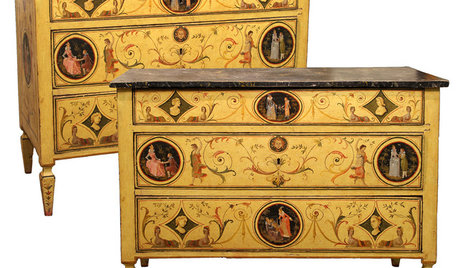
ANTIQUESDecorating With Antiques: Painted Furniture Brings the Eye Candy
Too much brown got you down? Lighten up with antique furniture decorated with artistic designs or awash in a lovely hue
Full Story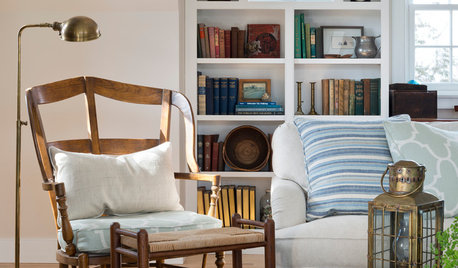
FURNITURESmart Shopper: How to Judge Antique Furniture Quality
Pick the treasures from the trash without expert experience by learning how to evaluate antiques and what questions to ask
Full Story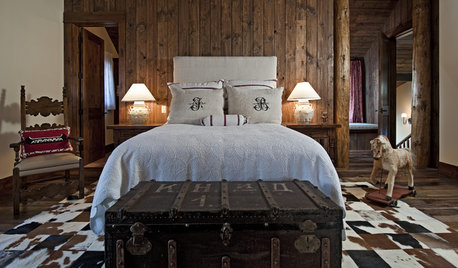
DECORATING GUIDESDecorating With Antiques: Chests, Dressers and Buffets
Pretty, practical and versatile, antique chests add history and character along with storage
Full Story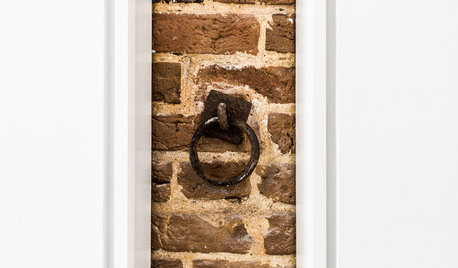
LIFEYou Said It: ‘Rather Than Remove Them, They Framed Them’
Design advice, inspiration and observations that struck a chord this week
Full Story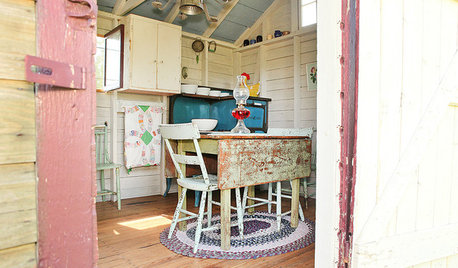
HOUZZ TOURSMy Houzz: A Backyard Getaway Emerges From a Grain Shed
Cozy and brimming with country charm, this snug antiques-filled hideout encourages quiet pastimes
Full Story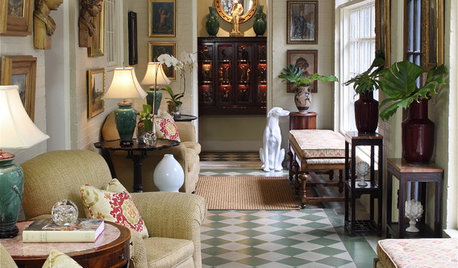
LIGHTINGDecorating With Antiques: Set the Stage With Lighting
Complete a vintage scene or create contrast with lamps, sconces and chandeliers that have traveled through time
Full Story
MOST POPULARFrom the Pros: How to Paint Kitchen Cabinets
Want a major new look for your kitchen or bathroom cabinets on a DIY budget? Don't pick up a paintbrush until you read this
Full Story
COLORPaint-Picking Help and Secrets From a Color Expert
Advice for wall and trim colors, what to always do before committing and the one paint feature you should completely ignore
Full Story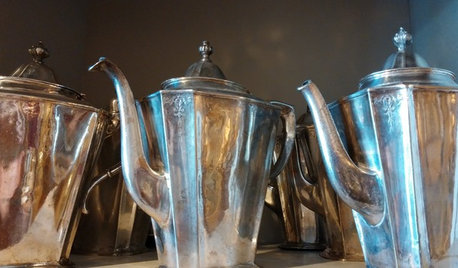
TRADITIONAL STYLEDecorating With Antiques: Silver’s Legacy
Learn how to tell sterling from plate, ways to display pieces and why silver is so darn special to begin with
Full Story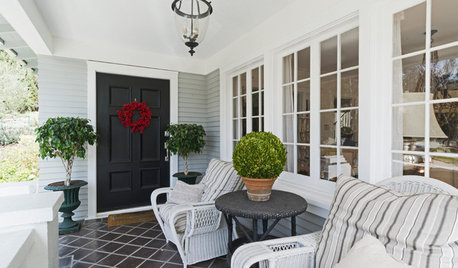
HOUZZ TOURSMy Houzz: From Belgium With Love
European antiques and crisp linens help these Belgian designers feel at home in their Craftsman house in L.A.
Full Story








sombreuil_mongrel
Jean PopowitzOriginal Author
Related Professionals
Prior Lake Cabinets & Cabinetry · Wadsworth Cabinets & Cabinetry · Atlanta Carpenters · Odenton Carpenters · Tucson Carpenters · Valley Stream Carpenters · Highlands Ranch Flooring Contractors · Oak Ridge Flooring Contractors · Oregon City Flooring Contractors · Summerville Flooring Contractors · Toledo Flooring Contractors · Town and Country Flooring Contractors · West Haven Flooring Contractors · Denver Furniture & Accessories · Hilton Head Island Furniture & Accessoriessombreuil_mongrel
Jean PopowitzOriginal Author
sombreuil_mongrel